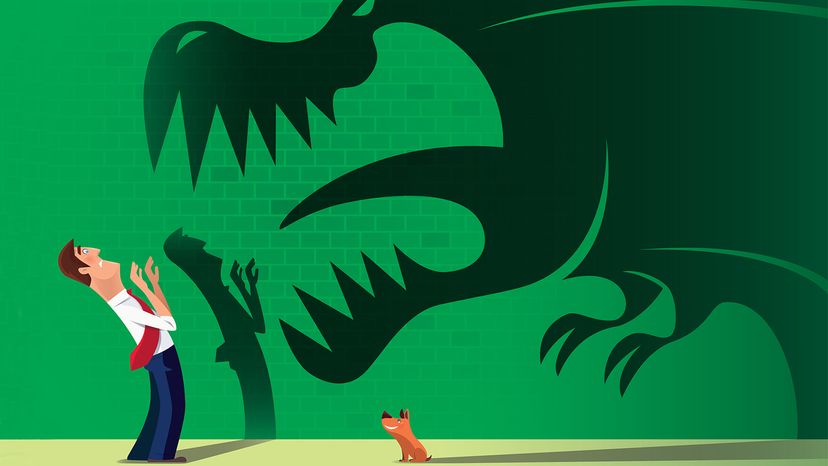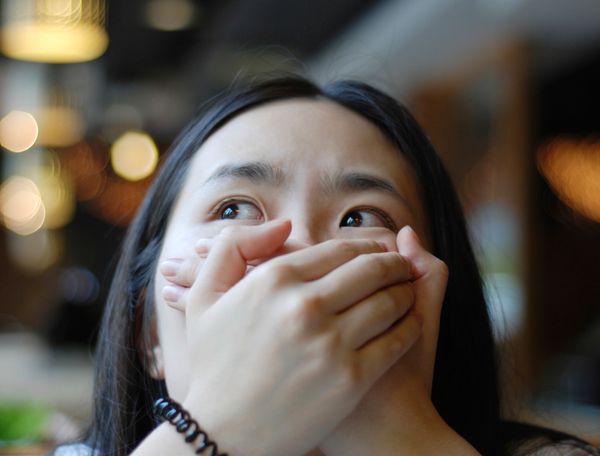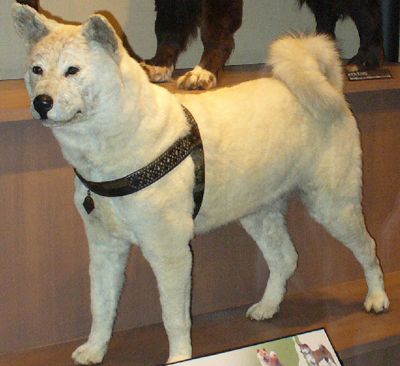For decades, research has shown cognitive behavioral therapy (CBT), and specifically a technique called exposure and response prevention (ERP), to be the most effective therapy to treat anxiety disorders like phobias. In order to achieve a state where a fear no longer dictates one's daily activities, it's important to eventually "face" whatever is frightening. CBT addresses both the thoughts and behaviors that perpetuate fear and anxiety — after all, every fear has beliefs behind it regarding the likelihood or seriousness of dangers posed by feared situations or things.
ERP, a type of CBT, involves slowly confronting a fear until it gradually becomes less intense. The method begins with managing the expectation of what the treatment for their phobia is, and what it isn't:
"As an anxiety therapist, I will never tell anyone that their anxiety — whatever form it might take — is 'curable'," Brownsays. "Biologically, that's not how anxiety and its treatment work. It is absolutely possible, however, for someone to get to the point where they are living with a fear at a very manageable level."
For someone looking to master a fear of dogs, the first step is to assess their level of fear on a scale of zero to 10 (where 10 is debilitating). It's important to let the person know that it's possible to lower that level of fear to a one or two, even if it starts at a 10 — eventually they'll get to the point where an errant fearful thought might pop up occasionally, but they will be able to move past it pretty easily. The goal is that their life is not dictated by fear of dogs.
Though therapists and clinics that specialize in the treatment of cynophobia suggest a variety of strategies for taking the edge off a fear of dogs, from education about how most dogs are not dangerous to developing mindfulness techniques to manage anxiety, the experts agree exposure to a real, live, friendly dog is the treatment most likely to help someone with crippling cynophobia.


